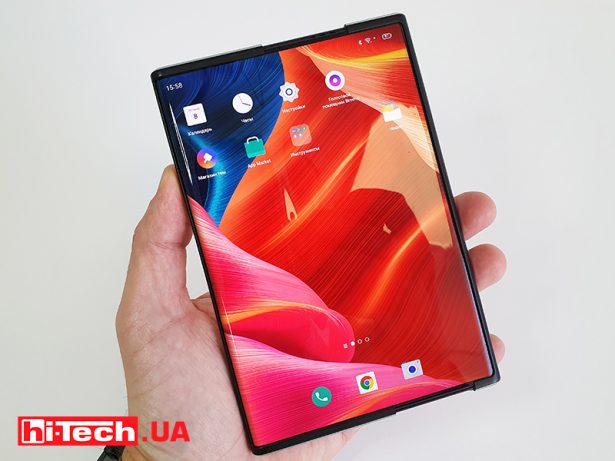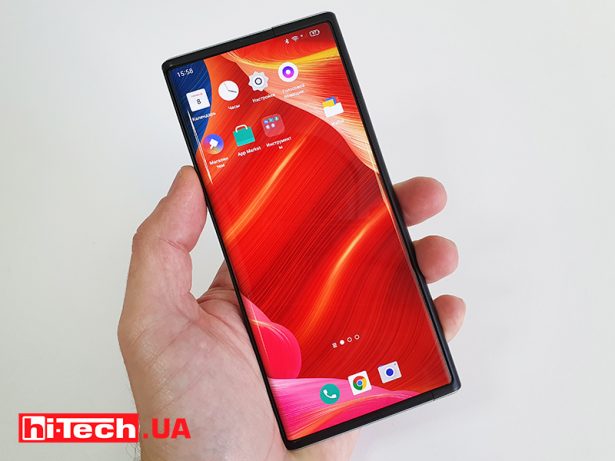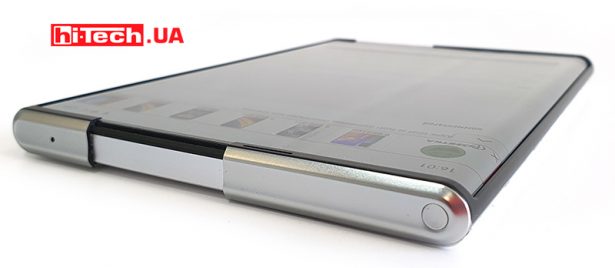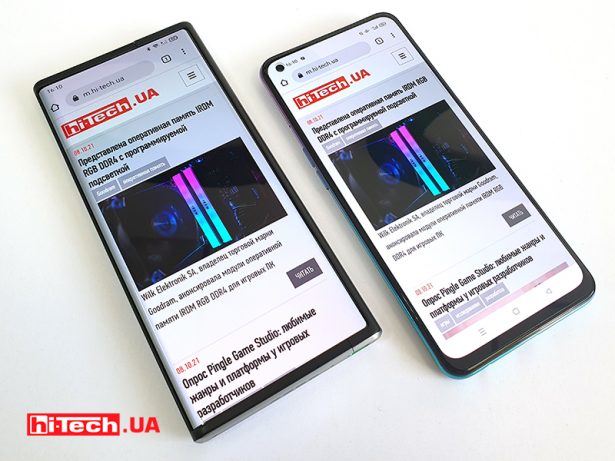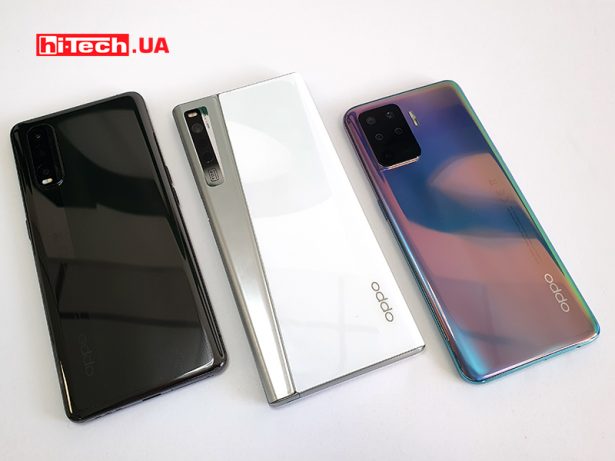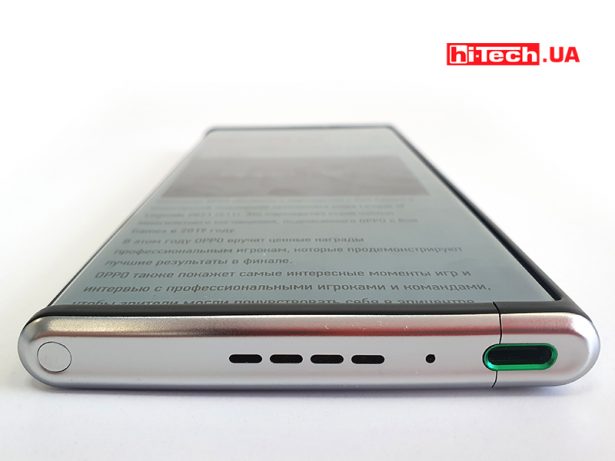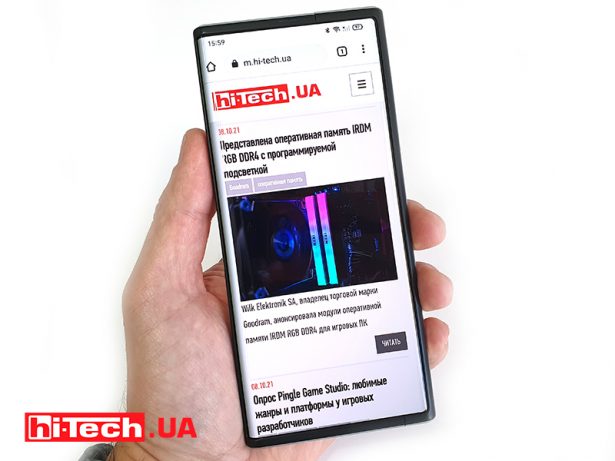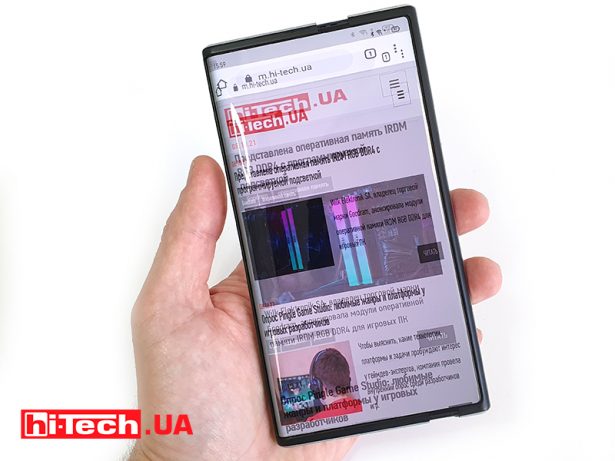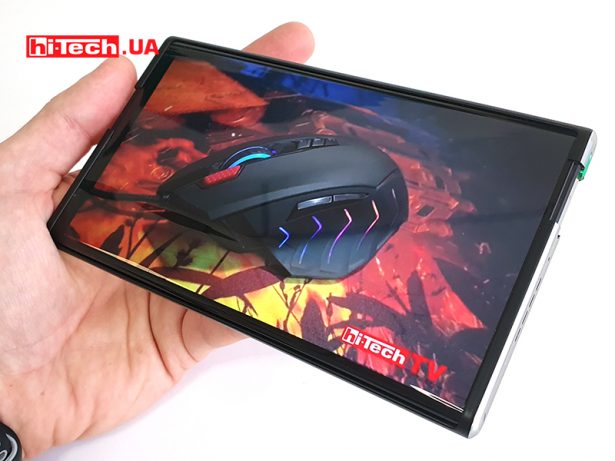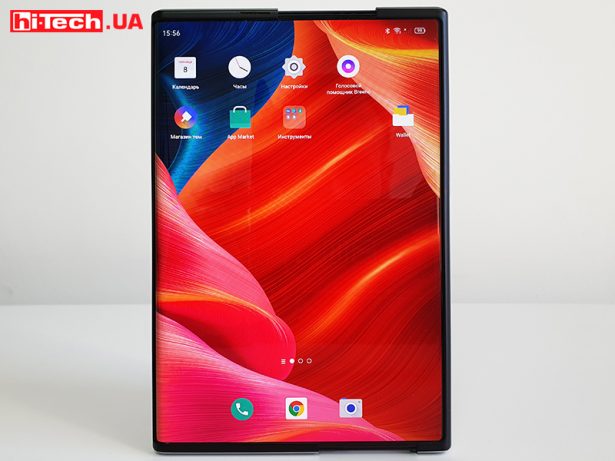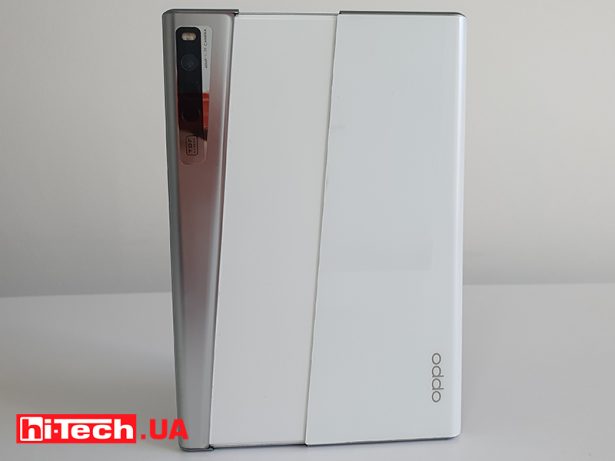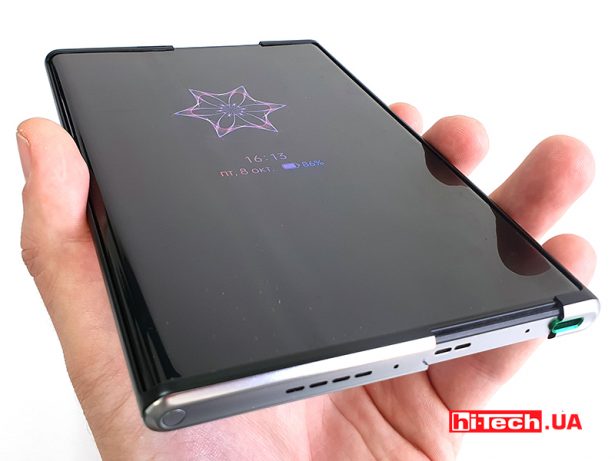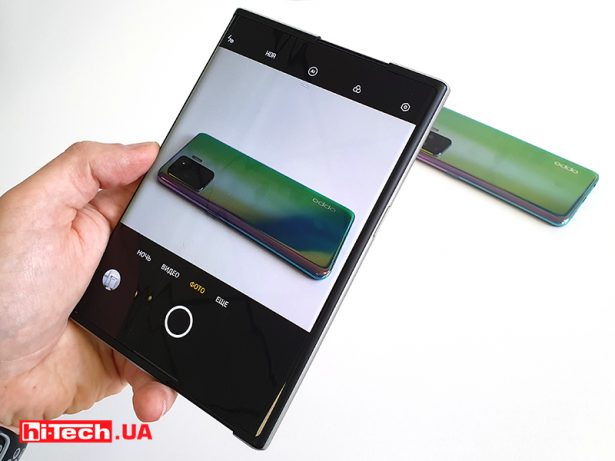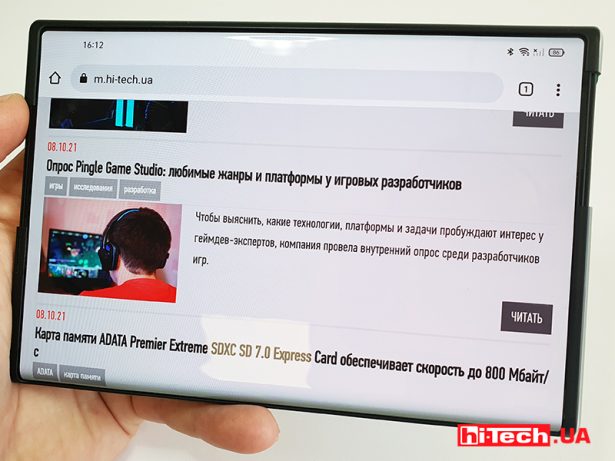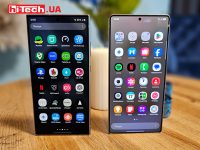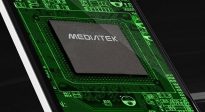Oppo X 2021 unfolding smartphone: from concept to future?
11.10.21
Smartphones with displays that can bend, extend, stretch and scroll have been making waves in the mobile industry for several years now. The fact that smartphones with folding cases are already used by millions of users, we know. And the fact that this is not the final point in the development of flexible display technologies – confident experts. Our editors share this confidence.
We had a very short opportunity to try working with flexible displays of smartphones from a South Korean company, and then only first generation. We will gladly believe our colleagues from other media that the third version Smartphones have improved even more.
Much more interesting was the opportunity to spend time alone with the Oppo X 2021 concept. We also was told in the newsand at the Ukrainian representative office of the company they were able to obtain it for demonstration to media representatives. Next, we will try to describe our personal experience and highlight the use of the Oppo X 2021 smartphone with a flexible, unfolding display.
-
Mechanism
In case you haven’t read about Oppo X 2021, we’ll briefly describe the operating principle of its mechanisms. When folded, it visually matches the dimensions and ergonomics of a classic smartphone.
The display resembles the first Galaxy Note Edge, in which only one edge of the screen was rounded. Then it was a test of the pen in changing the shape of a static screen, and now, the direction of its bending. For the development of Oppo X 2021, 122 patents have been obtained, of which 12 are dedicated only to the display mechanism.

When the mechanism is activated, part of the display moves out of the body, forming a single plane with the visible part of the screen. We can say that the additional part is pulled out from the depths of the smartphone body. To ensure that the matrix moves evenly, two small motors are used for unfolding, which are placed so that the screen does not warp or slide. Under the matrix itself there is a frame made of Warp Track longitudinal links 0.1 mm thick, which maintains the rigidity of the structure. Actually, the sandwich of the frame and OLED bends around a roller with a diameter of 6.8 mm – its ends are visible from the outside, but they are not movable, they are just plugs. They explained it in words, but for clarity, here is a short video from the company’s website:
-
Transformation
- in the process of expansion
Of course, whether on video or live, you can endlessly watch how the display unfolds in Oppo X 2021. We understand bloggers who recorded ten-minute or more videos only showing the process of expanding and minimizing the smartphone screen. Now at least they have good content.
- I wish the motor would stop somewhere in this position
Imagine that you are scrolling through the feed of some social network, finding a video that interests you, opening it and lightly swiping on the button on the side, you no longer get a smartphone with video, but a small tablet with video. OLED-matrix from 6.7-inch smartphones increases to 7.4 inches with an almost square aspect ratio.
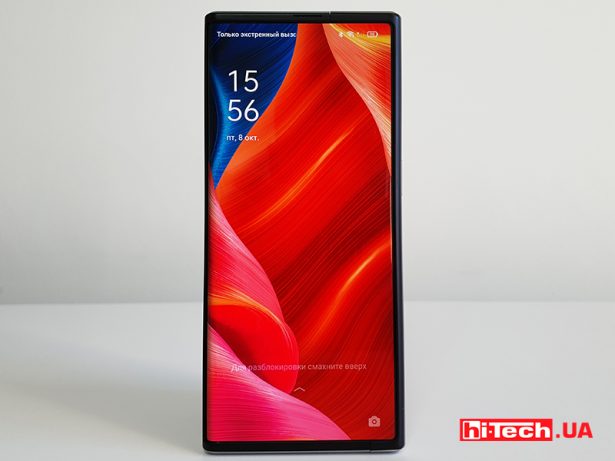
The main advantage that we note and share is the ability to use a smartphone with one hand. Holding it in one hand, you can use the edge of your finger to make it larger. Not with a second hand, not by holding it in your hand to make room for the opening half on top, but simply by running your finger along the body. Currently, this is done using the touch power button on the right side. In fact, it doesn’t matter where the sensor will be in the future – even on the entire edge. Given the nature of the movement, false alarms can be avoided. Yes, it’s easy to drop a device with a wide-open display, so of course you’ll be securing it with your second hand. But by playing with the body coating, dimensions and layout, you will probably be able to make it even more ergonomic.
-
Resource
An important point in flexible displays is their durability and resistance to vandalism, if you may. How many strong finger pokes, slamming halves together, sharp falls onto a table or bed will it withstand. The latter is not a joke, by the way, and Samsung has already warned that the fall sensor in the Galaxy Flip clamshells will remember falls on soft surfaces. Service centers, in turn, when contacted about a display malfunction, may refuse to repair based on indications of falls.
The Oppo X 2021 mechanism has a display lifespan of 100 thousand times. This sample has traveled around the world over the past year more than all Ukrainians combined and, nevertheless, it works properly. In truth, the mechanism, which has already outlasted its opening-closing life, behaves more than decently, only occasionally being capricious. And this is an automatic answer about the durability and reliability of such a design.
The only place where the display is not evenly shaped is the bending area around the hinge. The longitudinal stripe is barely visible at an angle and in the light of the moon entering the third phase. In images in videos, games, and reading text, it is practically invisible. And knowing the number of bends already made, we can say that the knot test has been passed.
-
Interface
Of course, ease of holding in the hand and activation of the mechanism is important, but without an adapted software part, not a single digital device can be self-sufficient. No matter how you look at the pre-sale mockup of an iPhone, only the magic of the ecosystem makes it successful.
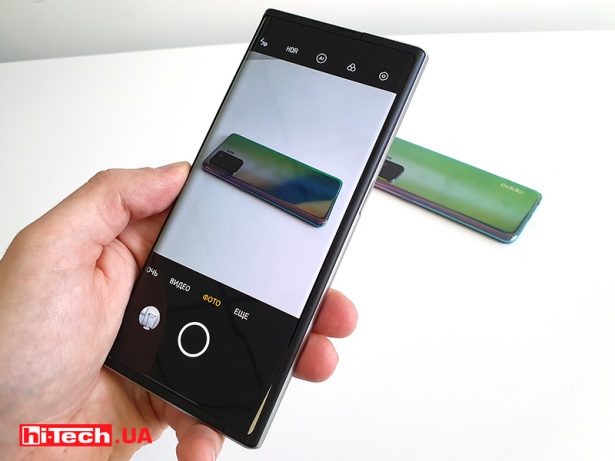
Oppo X 2021, of course, took this into account, so they tried to adapt the Android shell as much as possible to the variability of display size. By the way, in some applications the basic animation of the transition from one resolution to another looks normal and organic. Although in some cases it seems delayed by the effect of the Dissolve transition from Adobe Premier. It is worth considering here that if intermediate positions were maintained during unfolding, that is, the scale of the picture did not change so dramatically, this effect would not be so noticeable.
The interface switches between two resolutions – 1175 x 2592 pixels when folded and 1785 x 2592 when expanded. To understand the scale, here are the aspect ratios, which are about 2.2:1 and almost square 1.5:1 in folded and unfolded modes, respectively. The dimensions of the case vary from 161 x 63 mm to 161 x 118 mm with a constant thickness of about 8 mm. The device weighs just under 200 g.
As for Android itself? It turned out organically and clearly. Labels in the icon grid are seamlessly transferred from one size to another. Everything remains roughly consistent and is not randomly mixed. The settings menu is drawn smoothly and changes layout when the line width is changed. In the browser it depends a little more on the sites, but here you can see the magic of transformation. In adapted games, this is generally a beauty – as the diagonal increases, the space becomes just enough so that your fingers do not cover the content, and the control buttons are not cramped. You can see what the transition looks like when unfolding the display in Oppo X 2021 for the Android interface, games and settings in our video:
-
Not ready yet?
It is worth noting that above we partially mentioned what is currently not included in the smartphone concept. Let’s remember that it was presented at the end of 2020, when the success of engineers in installing front cameras under display matrices was in the initial stages, stereo sound was still obtained from two speakers – regular and conversational, and software developers had not accumulated enough experience in adapting applications for variable permissions.
Yes, at this stage the mechanism needs some time to unfold the matrix. His sedateness when working not only emphasizes the solemnity of technical thought, but also gives time to remove his fingers from the moving parts. Yes, “don’t put your fingers under the moving parts of the balustrade” in the subway is something that can be applied to the Oppo X 2021. The metal and rigid design will not forgive your fingers for trying to get in the way.
I wish the motor would stop somewhere in this position
Yes, it is not yet possible to choose an intermediate position, although this possibility was announced at the presentation. When folded, there will be black bars on the side when watching a video, and when unfolded, there will be black bars on the top and bottom. For some reason, it seems to us that this is a much simpler problem to solve.
The rigidity of the structure allows the matrix to move and interrupt the movement without obvious problems and “flimsy” areas that arise. It is enough to come up with the most ergonomic way to select the position of the screen: a combination of button presses or gestures to stop it, so that without interceptions and tricky finger movements it is convenient to let the electronics know when to stop.
Probably, in subsequent versions of the concept these will also be fixed positions, maybe two, maybe three. But there will probably be more of them for specific scenarios and applications.
Yes, Oppo X didn’t have room for the front camera and all the buttons. We have already talked about this and are sure that next year the company will easily accommodate some kind of front-facing camera and add quick access to volume control to the interface. We deliberately did not measure parrots in benchmarks, autonomy, did not talk about the processor and memory, which are like flagships – this is all secondary, if not tertiary in this case.
At this stage, it was much more important to assess the viability of the concept as a whole. Pass a smartphone through hundreds of hands, including ours, sorry about covid. It is important to get feedback on all sorts of points, including those that the developers may have deliberately ignored and omitted, in order to check whether they are really needed.
Impressions
Going back to a classic smartphone after Oppo X 2021 is boring. I would like at least some part of the body of my personal smartphone to cheerfully jump out when the front camera is activated, rotate 360°, slide out, opening access to the physical keyboard… oh, has this all already happened?
Seriously, people paused at a not so bright phase of technological progress. Still awaiting breakthroughs in batteries and energy conservation, efficient use of computing power and larger image output. The postulate that technological progress is accelerating no longer seems entirely true, or at least not so obvious. We remembered batteries for a reason. Despite the cool design and innovativeness of the Oppo X display, the sliding mechanism “eats away” the battery very quickly. We emptied 4200 mAh by half in an hour of getting to know the smartphone.
Such experimental developments allow not only scientists and engineers, but also ordinary users to usefully hit the ceiling with their heads, motivating them to become better and more efficient. Time and perseverance in progress will tell what will come of the considered and other concepts.
hi-tech.ua project manager
Don't miss interesting news
Subscribe to our channels and read announcements of high-tech news, tes
Oppo A6 Pro smartphone review: ambitious

Creating new mid-range smartphones is no easy task. Manufacturers have to balance performance, camera capabilities, displays, and the overall cost impact of each component. How the new Oppo A6 Pro balances these factors is discussed in our review.
Top news of 2025 on hi-tech.ua

Our editorial team traditionally sums up the results every year. We recently showcased the editors’ top devices. Now it’s time to share the top news stories from hi-tech.ua in 2025.
Samsung Galaxy S26 will cost the same as the Galaxy S25. Company will fix the price business rumors Samsung smartphone
Samsung faced rising costs and currency fluctuations, but chose not to pass on the extra costs to customers.
MediaTek Dimensity 7100 – 8-core CPU with 200MP camera support MediaTek processor smartphone world events
The MediaTek Dimensity 7100 includes four high-performance ARM Cortex-A78 cores with a maximum clock frequency of up to 2.4 GHz

